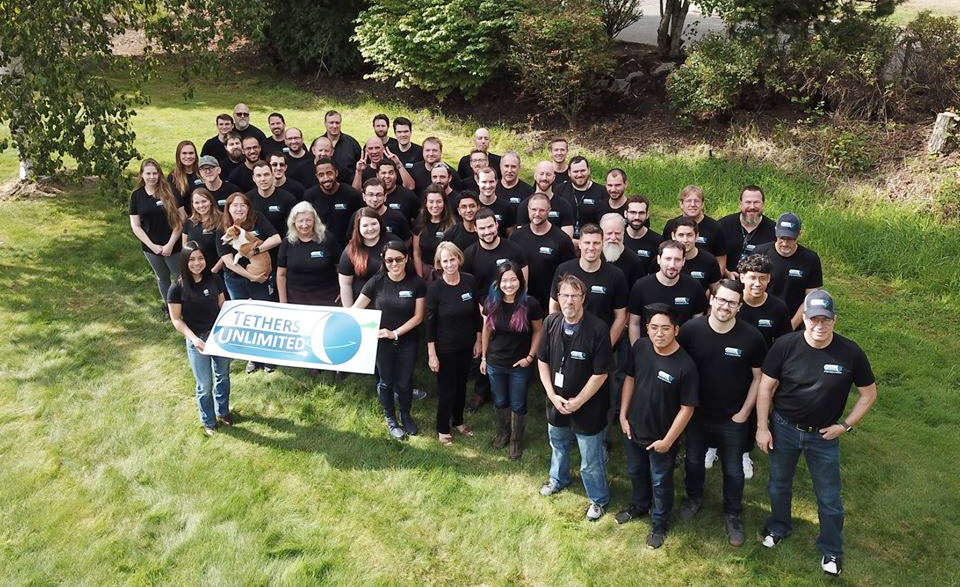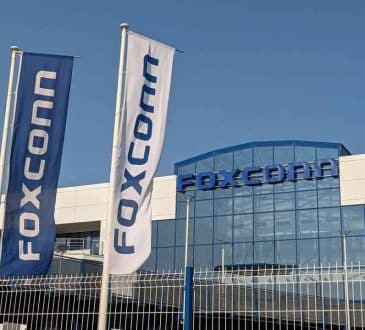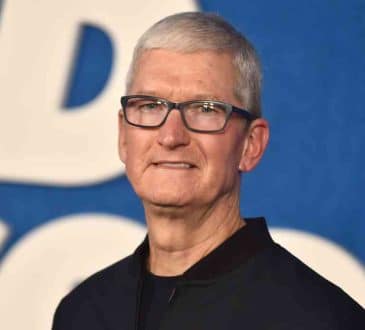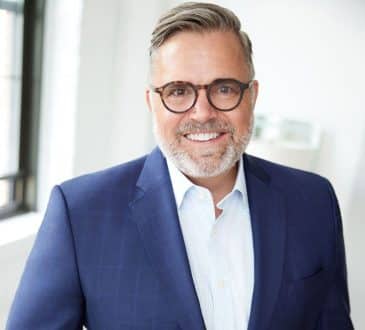A Futurist’s Advice on Navigating through the Technology “Valley of Death”

Even as a young person, I have always held a long-term vision of humanity being a true spacefaring people. When I co-founded Tethers Unlimited in 1994 with the late sci-fi author and space physicist Dr. Robert L. Forward, I’m certain many thought our ideas were very far-fetched. But we were dedicated to figuring out how far-out space technologies ideas can be made practical, so we weren’t surprised.
In fact, we sought to push the boundary of what is science fiction versus science reality to enable mankind to explore beyond the status quo. Our main focus when we launched, for example, was solving the problem of space debris so that NASA, the DoD, and commercial space enterprises could continue to safely operate in Earth orbit.
“The scientific man does not aim at an immediate result. He does not expect that his advanced ideas will be readily taken up. His work is like that of the planter – for the future. His duty is to lay the foundation for those who are to come, and point the way.” – Nikola Tesla
At the time, the traditional way of removing a spacecraft from orbit was to load extra fuel onto the satellite and use the satellite’s thrusters to bring the satellite down when its mission was completed. But that required the satellite to still be functioning at the end of its lifetime, and required dedicating a significant portion of the satellite’s mass to getting rid of it.
It is not a popular option for satellite operators since it is in their best interest to wring as much revenue and operational data out of the satellite as possible. In many instances, a satellite dies and is abandoned in place before it can be actively removed from orbit.
So, we explored a rather unconventional way of dragging satellites down out of orbit, which involved using a conductive tether, or long wire, deployed from the spacecraft. This wire can interact with the space environment to create additional forces that drag the satellite down out of orbit much more rapidly than would normally happen. We called this solution a ”Terminator Tether”.
Although we could foresee a significant problem in the future, we were unfortunately 20 to 25 years ahead of the market, and no customer was willing to take a chance on such an unconventional and unproven technology. We were caught in the technology “valley of death.” As a result, at the time we did not succeed at selling or commercializing any of these products.
Believing the time was coming, however, we put those solutions on the back shelf for a while and explored other technology opportunities. And, sure enough, within the last decade, space debris has become a problem that the industry is much more aware of, with government agencies imposing strict requirements upon satellite operators ensuring that their spacecraft will be disposed of properly.
Today, a handful of our products are on orbit, which not only demonstrates that there is a practical and affordable solution to meet the growing challenge of space debris but also that for new and particularly unconventional technologies, it can take a long time from development into adoption and commercial sales. In other words, patience pays off, along with forward thinking. The hard-won lesson, however, is that timing is crucial to success.
While I think there are lessons to learn from the past, it’s equally—maybe more—important to realize that nothing stays the same. Change is inevitable. As John F. Kennedy, Jr. famously stated, “Change is the law of life. And those who look only to the past or the present are certain to miss the future.” As a CEO, I am the futurist of the company but admittedly still learning how to be an effective manager as the company evolves from a start-up to a reliable provider of solutions for the space industry.
What I have learned, however, is that I’ve been able to identify brilliant engineers and managers who are self-starters and pull together teams have been able to develop and commercialize these future technologies. Over the past few years in particular, we’ve been able to mature as a company by finding the people with the right talent and the right mindset to move us from being a primarily research and development company to a producer of products now on orbit.
Typically, people who are very good at R&D tend to be free thinkers and want to explore technology and lots of different ideas. They are insatiably curious, and often follow their intuition, all of which requires a different mindset at the leadership level. On the other hand, people good at managing programs, projects, quality and production tend to be more analytical. While integrating these different mindsets together has been a challenge, it has been far more beneficial and exciting in terms of what we have been able to create.
Today, many businesses are facing the tremendous challenge of how to work in a future that looks dramatically different than it did just six months ago, while knowing that going back to the way it was is highly unlikely.
As a CEO that lives more comfortably in the future, I can say with certainty that in order to survive the ups and downs, it helps to have both a diverse technology portfolio and a diverse workforce, so that you can rapidly adapt to changing market conditions. Sticking to one type of employee, approach, process, or technology that was successful in the past is no longer enough to guarantee success in the present or future.
In our case, we went against conventional industry wisdom. We expanded and tested our own capabilities by trying and testing new ideas, even if the market wasn’t ready for it. We also hired highly adaptable people who could switch from one project to another fairly quickly. That’s how we built an innovative and successful company over the past 25 years and how I hope it will continue to evolve long after I am gone—because if we want to achieve this kind of long-term vision of humanity being a true spacefaring people, we need to have an economy in space to support people living and working there.
With a burst of new ideas and increased activity in commercial and government development of space, that future vision may not be so far-fetched now. It may take a long time to get to that point considering there are quite a lot of technical challenges that we’ll have to overcome. But humanity’s natural inclination to explore and expand is eventually going to get us out there, and those who can navigate through the unknown with patience, persistence, and vision will lead the way.
Written by Robert P. Hoyt. Here’s what you’ve missed?
World’s Best Cities For Luxury Shopping.
World’s Most Economically Influential Cities.
World’s Safest Cities.
Add CEOWORLD magazine to your Google News feed.
Follow CEOWORLD magazine headlines on: Google News, LinkedIn, Twitter, and Facebook.
This report/news/ranking/statistics has been prepared only for general guidance on matters of interest and does not constitute professional advice. You should not act upon the information contained in this publication without obtaining specific professional advice. No representation or warranty (express or implied) is given as to the accuracy or completeness of the information contained in this publication, and, to the extent permitted by law, CEOWORLD magazine does not accept or assume any liability, responsibility or duty of care for any consequences of you or anyone else acting, or refraining to act, in reliance on the information contained in this publication or for any decision based on it.
Copyright 2024 The CEOWORLD magazine. All rights reserved. This material (and any extract from it) must not be copied, redistributed or placed on any website, without CEOWORLD magazine' prior written consent. For media queries, please contact: info@ceoworld.biz
SUBSCRIBE NEWSLETTER








